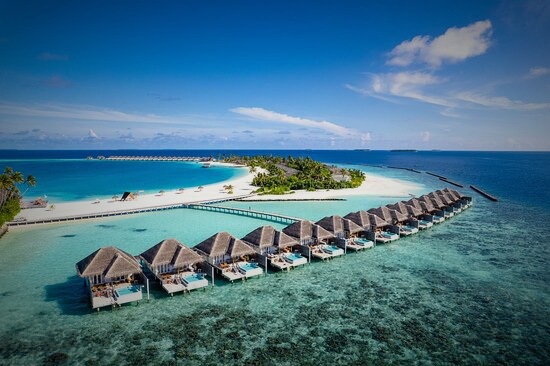The Maldives, renowned for its pristine beaches and luxury resorts, is confronting a mounting debt crisis that threatens its economic stability. While tourists enjoy the idyllic surroundings, the nation’s financial foundations are increasingly precarious.
A Surge in Debt
Recent data reveals that the Maldives’ total public debt has escalated to 116.5% of its Gross Domestic Product (GDP) in the first quarter of 2024, up from 110.4% during the same period the previous year. This surge is attributed to extensive borrowing for infrastructure projects and public sector investments.
Key Debt Statistics:
- Total Public Debt: 116.5% of GDP.
- External Debt: Approximately $4.1 billion, with significant portions owed to China and India.
- Upcoming Debt Obligations: Over $500 million annually in 2024 and 2025, rising to more than $1 billion in 2026, including a $500 million sukuk (Islamic bond) repayment.
Major Creditors:
- China: Holds a substantial portion of the Maldives’ external debt, primarily through loans for major infrastructure projects like the Sinamalé Bridge and the expansion of Velana International Airport.
- India: Has extended financial assistance, including currency swaps and credit lines, to support the Maldivian economy.
Tourism: A Double-Edged Sword
Tourism accounts for a significant portion of the Maldives’ foreign exchange earnings. However, this reliance makes the economy vulnerable to external shocks such as global recessions, natural disasters, or political instability, which could lead to a decline in tourist arrivals and exacerbate the debt crisis.
Potential Pathways Forward:
- International Assistance: Seeking support from international financial institutions like the International Monetary Fund (IMF) could provide temporary relief but may come with stringent conditions.
- Debt Restructuring: Renegotiating terms with creditors might offer short-term alleviation but could lead to higher interest rates and prolonged financial strain.
- Economic Diversification: Reducing dependence on tourism by developing other sectors could enhance economic resilience in the long term.
Conclusion
Government at any cost cannot let a Full-Blown Economic Collapse to take place with the following scenario.
If reserves run out and debt payments can’t be made, the Maldives could default on its loans, leading to:
- Currency devaluation
- Skyrocketing inflation
- Severe cuts to government services such as power, Gas and fuel
- Massive protests and social unrest
The Maldives stands at a critical juncture. Without decisive action and comprehensive economic reforms, the nation risks a financial downturn reminiscent of other debt-laden countries.
The time to address these challenges is now, before the situation becomes unmanageable.
Written by Ahmed




